Today, we are talking about PERC technology application in solar panel.
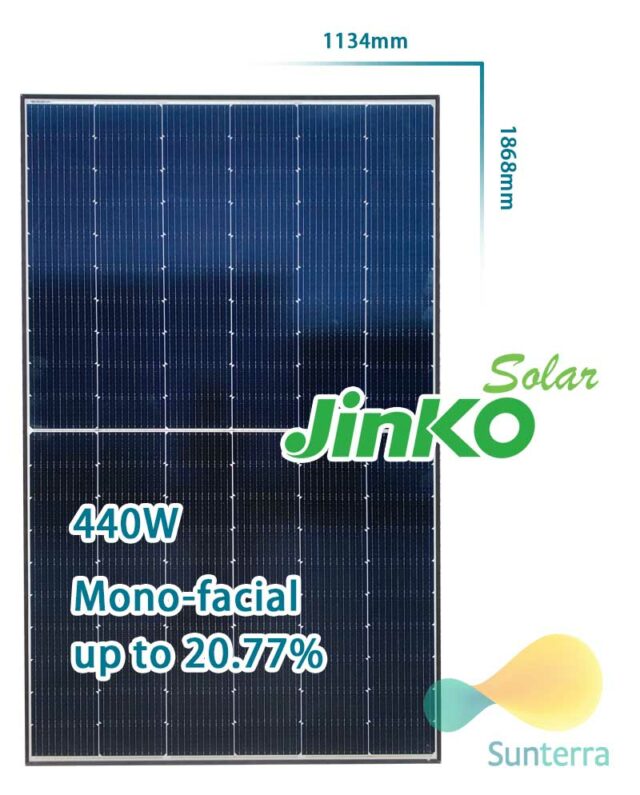
What is PERC technology?
PERC technology (“passivated emitter and rear cell” for full name) has used in solar panel for many years because it increase highly generation from PV cells. The core of this technology is to improve PV efficiency, but over the years, it has also been continuously updated by solar manufacturers, mainly due to the impact of LeTID (“Light and elevated Temperature Induced Degradation” for full name, which is a solar cell degradation after prolonged sunlight exposure), also called LID (Light Induced Degradation) in shorter. Because in Australia from 2020, LeTID resistant certified panels have to be used in solar panel sale.
Why it was born?
This has to start with the working principle of solar cells.
What is solar cell?
Solar cell, also called PV cell, is an electrical device that directly converts light energy into electrical energy through the photoelectric effect or photochemical effect.
The working principle is that light hits silicon atoms and it can release negatively charged electrons. These electrons are artificially collected in the top layer of the cell, which is negatively charged, also named the emitter. And then this layer is connected to the solar ribbon, while electrons can form current through these ribbons.
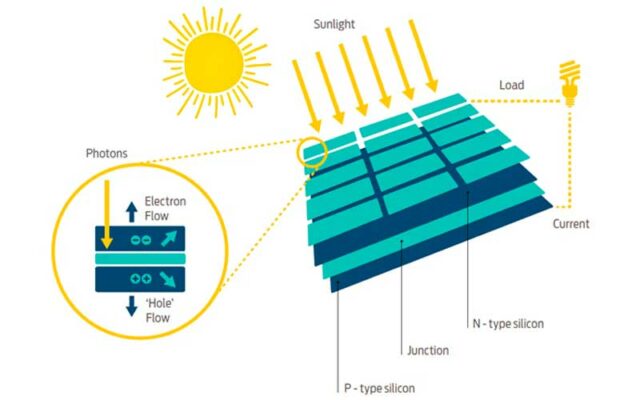
However, if we use plain silicon solar cells (Standard solar cells), they have various problems that result in efficiency loss such as lower light capturing, light reflection, or electronic motion for missed circuits.
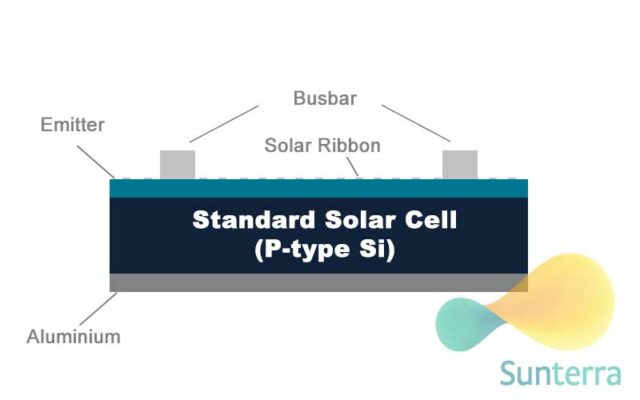
Furthermore, the negatively charged electrons and the positively charged silicon atoms are always looking for an opportunity to recombine, especially at the junction with the metal ribbon, this will cause a loss of output, so you need to let the electrons take more detours to destination (“rear contact”) so as to avoid these losses.
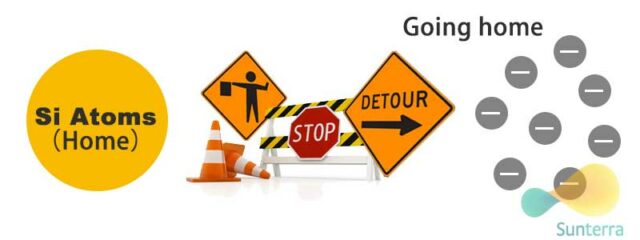
Solar panel manufacturers are working on how to avoid these problems by some technologies. One of them is called PERC technology. After all, efficiency is the main pursuit.
Here, the scope of our discussion is to take the example of P-type cells. Top is negative and Bottom is positive in this type of cell.
How the resulting electron can travel in a route as long as possible?
Yes, passivation.
Firstly, passivation can help electrons flow. It’s pretty important as only when more electrons flow, can a strong current be generated. Power comes from the travel distances of these electrons as long as possible in the metal grid of surface.
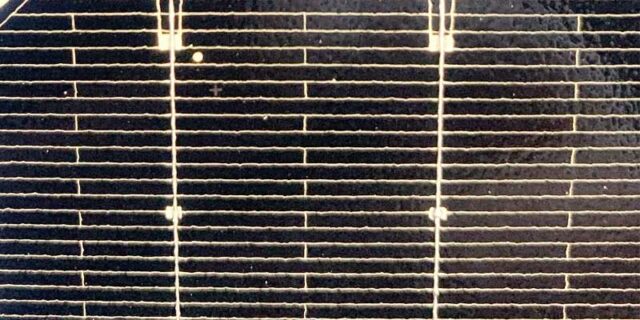
Secondly, Compared with the standard cells, the PERC cells both add one passivation layer to the top and bottom of the silicon wafer. Aluminium oxide is used for front passivation layer above emitter to stop front-side recombination and to prevent some sunlight reflection. On the other side, aluminium oxide (or silicon oxide) and Silicon nitride are used for rear passivation layer to stop back-side recombination and help allows more sunlight to be captured due to the secondary reflection of light.
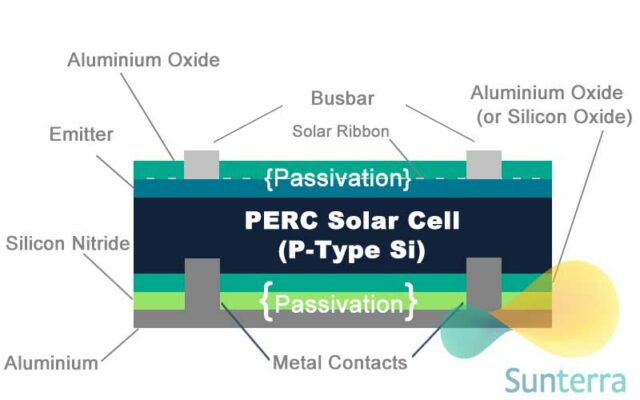
This cell structure is useful for the efficiency increase compared to standard solar cells. Although there is more steps in processing, the ROI is similar.
Two types of silicon wafer: Monocrystaline and Polycrystaline
PERC cells also divide into Mono PERC and Poly PERC
Mono panels use single piece of silicon, which is more efficient than Poly ones. Jinko 440W is a typical representative.
Poly panels use a blend of silicon shards, but they are cheaper and more affordable.
Of course, solar cells actually has two types including N-type and P-type solar cells. It is accepted that N-type cells is more efficient than P-type cells, so some high efficiency and high prices panels commonly use N-type. Another article will detail.

